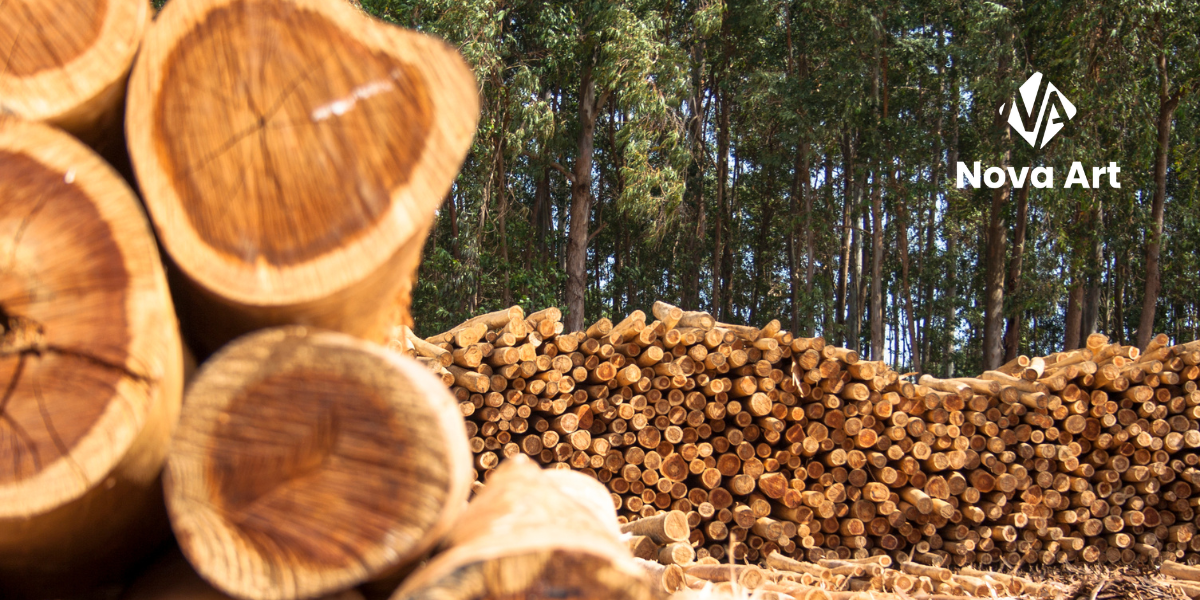
Brazil is the world's largest producer of eucalyptus from renewable forests, but the resource is not exploited to its full potential. In the country, it is used almost exclusively for the production of pulp paper, bioenergy and reconstituted panels. But young eucalyptus wood, seven years old, could have new uses in the construction sector, in the manufacture of structural grade engineered products, such as beams and columns, which are obtained through the industrial processing of short-cycle eucalyptus raw wood. The proposal comes from research by USP's Luiz de Queiroz College of Agriculture (Esalq) in partnership with the University of Stellenbosch in South Africa. With the right techniques, knots and warping, characteristics that make short-cycle eucalyptus weak and of poor quality, are practically eliminated, giving it high added value.
According to the author of the research, Bruno Balboni, "young eucalyptus wood can be very resistant and sometimes even superior to Pinus (pine) wood, the most widely planted tree in Brazil for structural products, but which takes around 20 years to reach harvesting age and be used industrially."
According to the forestry engineer, knots weaken the wood's resistance and warping makes it difficult to use, directly affecting its value, especially when the end use is building structures, where resistance is essential. In search of solutions to take advantage of this abundant resource in Brazil, the forestry engineer began by selecting some eucalyptus clones (varieties), among the countless planted for bioenergy generation, to see if some of them would have appropriate characteristics for use as structural timber.
